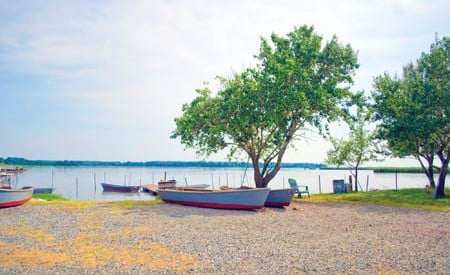
WEIGHT: 61 kg
Breast: B
1 HOUR:70$
Overnight: +80$
Services: Female Ejaculation, Cum on breast, Tantric, Fisting vaginal, Fetish
Official websites use. Share sensitive information only on official, secure websites. This is an open access article distributed under the terms of the Creative Commons Attribution License , which permits unrestricted use, distribution, reproduction and adaptation in any medium and for any purpose provided that it is properly attributed.
Outreach events such as trainings, demonstrations, and workshops are important opportunities for encouraging private land operators to adopt voluntary conservation practices. However, the ability to understand the effectiveness of such events at influencing conservation behavior is confounded by the likelihood that attendees are already interested in conservation and may already be adopters.

Understanding characteristics of events that draw non-adopters can aid in designing events and messaging that are better able to reach beyond those already interested in conservation. For this study, we interviewed operators of private agricultural lands in Maryland, USA, and used descriptive statistics and qualitative comparative analysis to investigate differences between the kinds of outreach events that adopters and non-adopters attended.
Our results suggested that non-adopters, as compared to adopters, attended events that provided production-relevant information and were logistically easy to attend. Further, non-adopters were more selective when reading advertisements, generally preferring simplicity. Keywords: Agricultural conservation, Chesapeake Bay, Conservation adoption, Conservation messaging, Conservation outreach, Outreach event, Private lands, Qualitative comparative analysis, Working landscapes. Implementing conservation practices on private working lands can produce a number of environmental benefits Swinton et al.

Recent field experiments have tested how different attributes of outreach events contribute to their effectiveness at promoting the voluntary adoption of conservation practices. Adding public commitment-making and other microinterventions to outreach events has also been shown to motivate some attendees to coordinate with and recruit more neighbors to participate in conservation programs on private lands Niemiec et al. However, assessments of the effectiveness of outreach events are confounded by the potential for sampling bias, in that those attending events are likely to already be interested in conservation Singh et al.


































